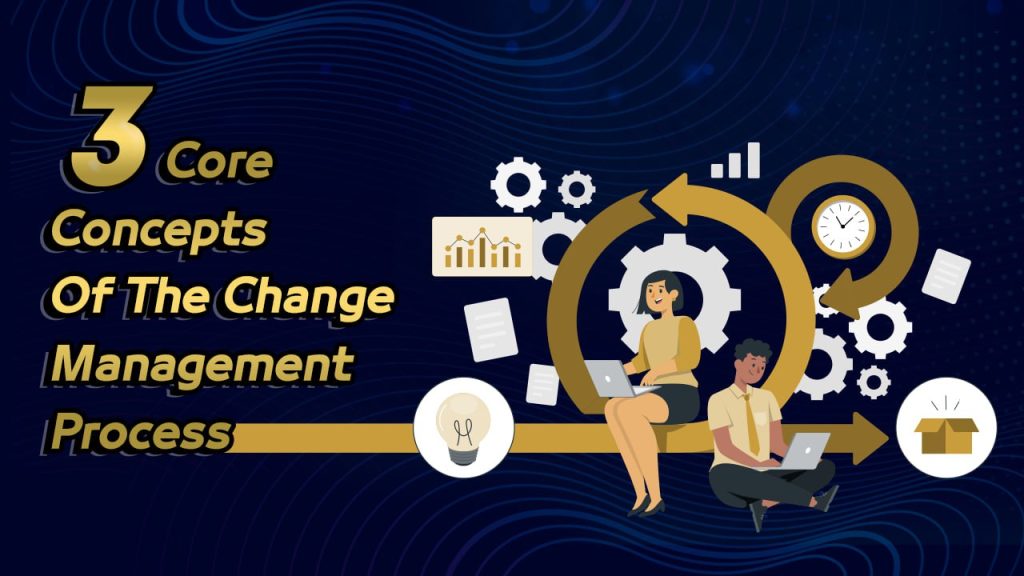In the ever-evolving landscape of modern business, effective communication is not just a means of exchanging information; it is the lifeblood of organizational success. However, the associated costs of communication have historically been a significant concern for businesses striving to strike a delicate balance between operational efficiency and financial prudence. This article embarks on a comprehensive exploration of the intricate realm of communication costs, elucidating their profound impact on efficiency. Moreover, it sheds light on how emerging technologies are leading a paradigm shift, revolutionizing the way businesses manage and optimize their communication expenses.
1: The Landscape of Communication Costs
To understand the revolution underway, it is crucial to revisit the historical landscape of communication costs. Traditionally, businesses grappled with substantial expenses related to phone lines, hardware, and the maintenance of communication infrastructure. These costs were often considered unavoidable, reflecting the limited alternatives available. This section serves as a foundational backdrop, illustrating the challenges organizations faced in managing and optimizing communication expenses.
2: The Impact of Communication Costs on Efficiency
Communication costs are not isolated figures on a financial ledger; they wield a direct influence on operational efficiency. When these costs spiral out of control, the consequences ripple through budgetary constraints, impacting resource allocation and overall financial health. Real-world examples underscore the tangible effects of inefficient communication cost management, emphasizing the critical role that effective optimization plays in enhancing organizational efficiency.
3: Emerging Technologies and Cost-Effective Communication Solutions
The dawn of emerging technologies has ushered in a new era, offering businesses unprecedented opportunities to revolutionize their approach to communication costs. Voice over Internet Protocol (VoIP), cloud-based communication platforms, and other innovations stand at the forefront, providing cost-effective alternatives to traditional communication methods. This section delves into the transformative power of these technologies, showcasing how they empower organizations to create scalable and flexible communication solutions aligned with the demands of the modern business landscape.
4: Cloud-Based Communication Platforms: A Game Changer
Among the array of transformative technologies, cloud-based communication platforms emerge as true game-changers. Offering scalability, flexibility, and seamless integration with existing systems, these platforms have become indispensable tools for organizations seeking to reduce communication costs. Real-world case studies highlight successful transitions to cloud-based communication, providing tangible evidence of how businesses can achieve significant cost savings while simultaneously enhancing operational efficiency.
5: Automation and Artificial Intelligence in Communication Cost Management
The integration of automation and artificial intelligence (AI) into communication cost management represents the frontier of innovation. AI-powered analytics can pinpoint opportunities for cost savings, while automation streamlines communication processes, reducing manual efforts and associated costs. This section delves into the synergy between these technologies, demonstrating how they collaborate to create efficient and cost-effective communication ecosystems.
6: Best Practices for Efficient Communication Cost Management
Navigating the complex terrain of communication costs requires a strategic approach. This section provides a comprehensive guide, offering actionable insights and best practices for organizations to manage communication costs efficiently. From negotiating with service providers to monitoring usage patterns and optimizing communication plans, these strategies are presented as essential components of a holistic approach. Emphasizing the importance of regular assessments and audits, the section serves as a practical roadmap for businesses looking to ensure ongoing efficiency in communication cost management.
7: The Future of Cost-Effective Communication
As we gaze into the future, the article explores the trends poised to further revolutionize communication costs. The rollout of 5G technology, advancements in cybersecurity, and other emerging factors are discussed for their potential impact on communication expenses. Organizations are encouraged to stay proactive, anticipating and adopting cost-effective communication solutions to remain agile in the ever-evolving digital landscape.

Conclusion:
In conclusion, the effective management of communication costs is not a mere financial exercise; it is a strategic imperative for businesses aiming to thrive in a competitive and fast-paced environment. The evolution from traditional communication models to the adoption of innovative technologies signifies a broader trend of embracing efficiency and adaptability. Organizations that successfully navigate this landscape stand not only to benefit financially but also to gain operational agility and maintain a competitive edge.
FAQs:
Q1: Why are communication costs crucial for businesses?
A1: Communication costs are crucial because they directly impact operational efficiency and financial health. Efficient communication is essential for effective collaboration, decision-making, and overall business success.
Q2: How do emerging technologies like VoIP and cloud-based communication platforms reduce costs?
A2: Emerging technologies, such as VoIP and cloud-based communication platforms, offer cost-effective alternatives by eliminating the need for traditional infrastructure. They provide scalable, flexible solutions that align with modern business needs, resulting in significant cost savings.
Q3: How can automation and AI contribute to communication cost management?
A3: Automation and AI contribute to communication cost management by identifying cost-saving opportunities through analytics and streamlining communication processes. These technologies reduce manual efforts and enhance overall efficiency in communication ecosystems.
Q4: What are some best practices for efficient communication cost management?
A4: Best practices include negotiating with service providers, monitoring usage patterns, optimizing communication plans, and conducting regular assessments and audits. These strategies ensure ongoing efficiency in communication cost management and help organizations adapt to evolving needs.




